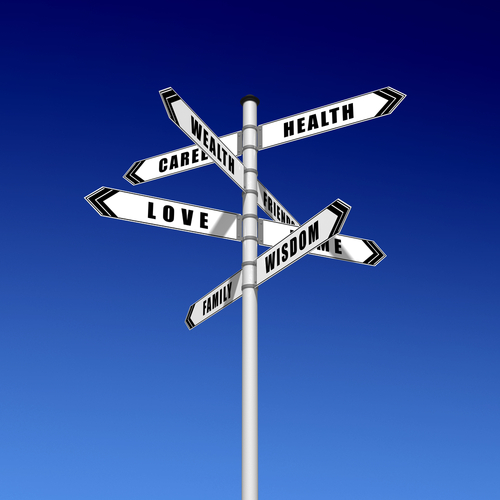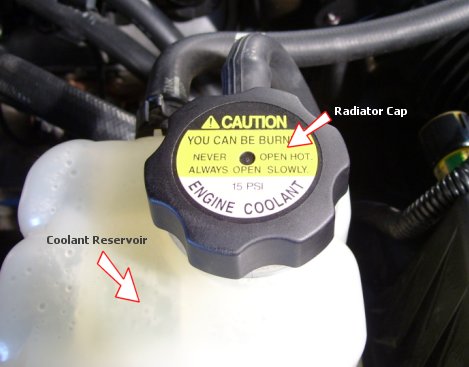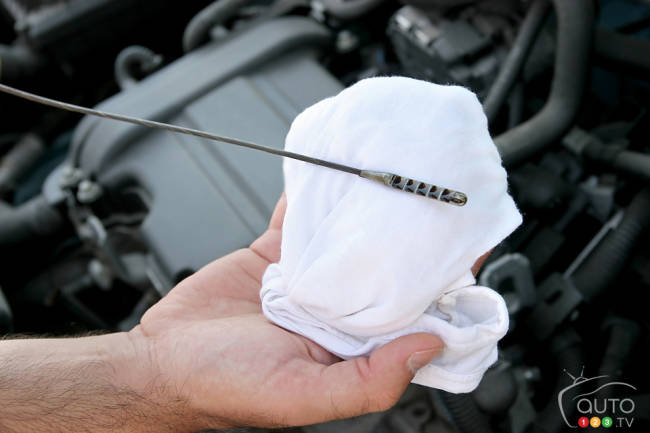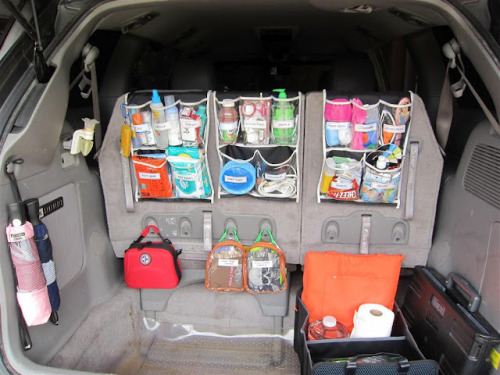Not everyone is big on making New Years Resolutions. I personally make resolutions all throughout the year. Some people avoid them all together, there are many reasons to skip the popular tendency: lack of motivation, fear of failure, unclear direction, etc. These are all the more reason to give resolutions a shot.
 Is it a fear of failure that holds you back? That's all the more reason to have a resolution. If you start out small you will have attainable goals to work toward and you will see results and success. The reason most people fail is because they bite off more than they can chew or they aren't realistic about what they can actually achieve right away. That sets you up for failure. Small accomplishments are the foundation, then you build and build from there. Before you know it you have a pile of successes under your belt to be proud of.
Is it a fear of failure that holds you back? That's all the more reason to have a resolution. If you start out small you will have attainable goals to work toward and you will see results and success. The reason most people fail is because they bite off more than they can chew or they aren't realistic about what they can actually achieve right away. That sets you up for failure. Small accomplishments are the foundation, then you build and build from there. Before you know it you have a pile of successes under your belt to be proud of. Are you unclear of the direction you are headed in? The perfect cure for that is, you guessed it, a resolution. You don't have to be clear on what your future holds, just simply pick something that interests you. Always wanted to paint, travel, hike a mountain? Find something that inspires you and take steps to do it. What you will find here is new things opening up to you and it may give you the direction you were missing. It also opens the door to meeting new people who can also help you learn your path.
Are you unclear of the direction you are headed in? The perfect cure for that is, you guessed it, a resolution. You don't have to be clear on what your future holds, just simply pick something that interests you. Always wanted to paint, travel, hike a mountain? Find something that inspires you and take steps to do it. What you will find here is new things opening up to you and it may give you the direction you were missing. It also opens the door to meeting new people who can also help you learn your path.There is an infinite list of reasons not to take some time to come up with resolutions for the New Year (or any other time for that matter) but there is an equally long list of reasons why you should. Your resolutions shouldn't be about doing a complete overhaul of your life, but rather an opportunity to adjust your sails and head in the direction that you want to take your life. It gives you a chance to make your own decisions about the person you want to be.
So as the year comes to a close, take a bit of time to consider what you can do to make your own life better. You don't have to change the world, just take steps to make small improvements. And remember, you can renew your resolutions continually throughout the year. If something isn't working don't give up, just re-evaluate and come up with a new plan. Also you don't necessarily have to start on New Years day, you can pick a date that works with your own life. Sometimes it's hard to get into a new routine right after the hectic holiday season. We often do so much over Christmas and New Years that the thought of setting resolutions into action just isn't realistic, and that's okay.
 Never made a resolution before? There are plenty of different things to work with. Start with a few different areas and fine tune it to suit you. Some main areas to consider are: health, relationships, financial situation, home, work, and so on. Pick one area and consider one thing that you can do to make improvements. Heck, pick one thing from each area and apply a small change and keep adding as you go. A resolution is a just a goal and a promise to yourself to take action to make improvements.
Never made a resolution before? There are plenty of different things to work with. Start with a few different areas and fine tune it to suit you. Some main areas to consider are: health, relationships, financial situation, home, work, and so on. Pick one area and consider one thing that you can do to make improvements. Heck, pick one thing from each area and apply a small change and keep adding as you go. A resolution is a just a goal and a promise to yourself to take action to make improvements.This year make a resolution to set a resolution, and start the journey to creating a better life for yourself. Happy New Year!!!
-Muriel Rolufs

























